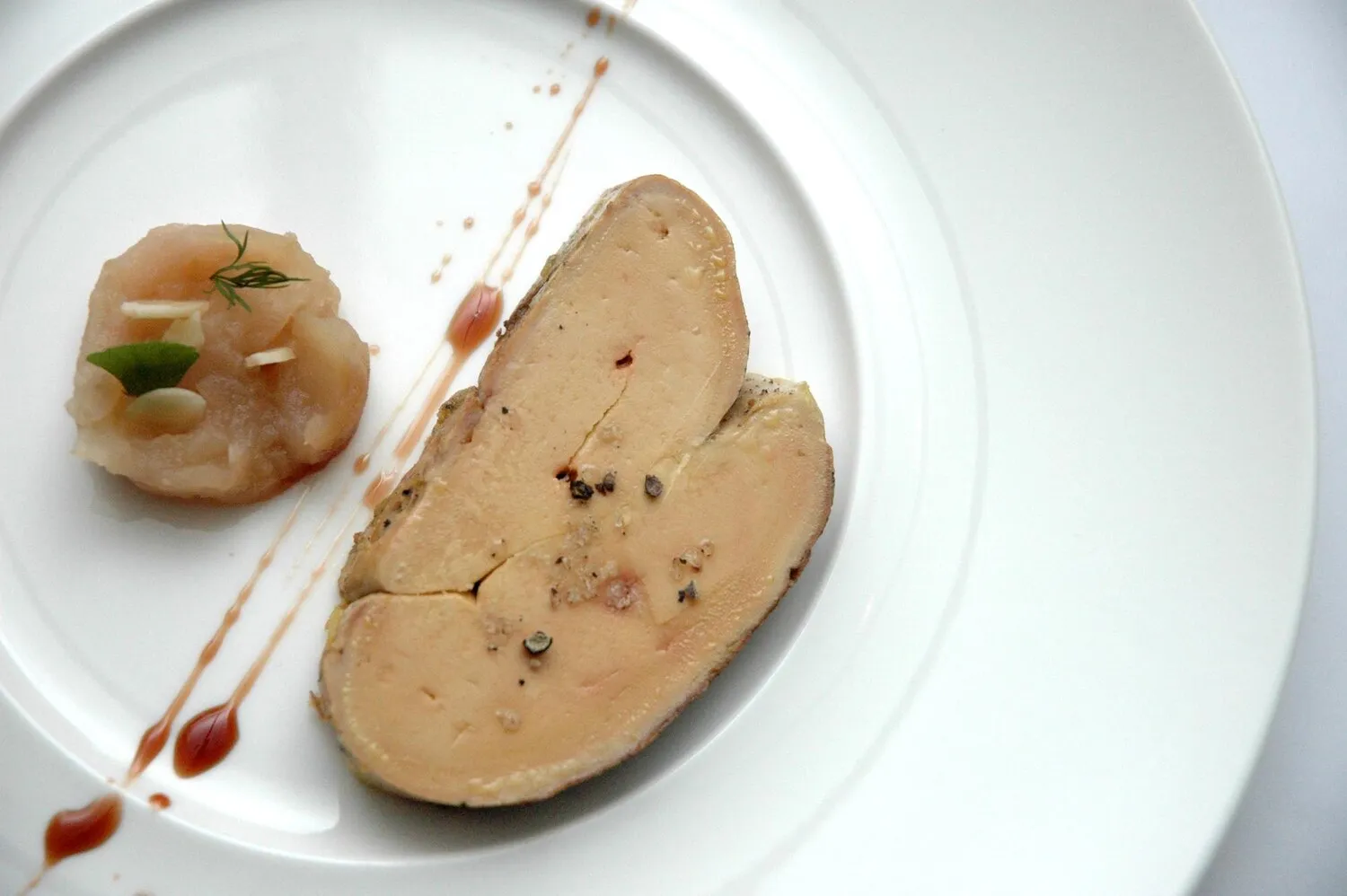
Wine selection
Extensive wine list
Nutrition Facts
* The % Daily Value (DV) tells you how much a nutrient in a serving of food contributes to a daily diet. 2,000 calories a day is used for general nutrition advice.
Rooftop Restaurant 16th
Wine has been an integral part of human culture for millennia, with evidence of winemaking dating back to ancient civilizations like those in Mesopotamia, Egypt, and Greece. Over centuries, winemaking techniques spread across the globe, influenced by various cultures and traditions, resulting in a diverse range of wines and wine regions.
Wine plays a significant cultural role in many societies around the world, often associated with celebrations, social gatherings, and religious ceremonies. It is deeply ingrained in the traditions of regions like France, Italy, Spain, and California.
Wine and Food Pairing
The art of wine and food pairing is a central aspect of wine culture. Certain wines complement specific dishes, enhancing the overall dining experience. Guidelines exist to help people match wines with different types of food, such as pairing red wine with red meat or white wine with seafood.
Wine Regions and Terroir
Different wine regions are renowned for producing specific types of wines due to their unique terroir. For example, Burgundy in France is famous for its Pinot Noir and Chardonnay, while Napa Valley in California is known for its Cabernet Sauvignon. Understanding terroir helps appreciate the regional character of wines.
Wine Tasting Rituals
Wine tasting involves specific rituals and techniques, such as swirling the wine in the glass to release aromas, observing the color and clarity, and taking small sips to evaluate the flavors and tannins. These rituals are part of the cultural appreciation of wine.
The flavors of wine are incredibly diverse and depend on factors like grape varietal, terroir (soil, climate, and environment), winemaking techniques, and aging. Broadly, wines can be categorized as red, white, rosé, and sparkling, each with its own flavor profile.
Red wines often exhibit flavors of red and black fruits (cherry, raspberry, blackberry, plum), spices (pepper, clove), earthy notes (tobacco, leather), and oak (vanilla, cedar). White wines can range from crisp and citrusy (lemon, grapefruit) to rich and buttery (apple, pear, butterscotch), with floral and herbal notes. Rosé wines offer a refreshing mix of red fruit flavors (strawberry, watermelon) and floral aromas. Sparkling wines, like Champagne and Prosecco, are characterized by their bubbles and flavors of citrus, apple, and toast. Tannins, acidity, sweetness, and body all contribute to the overall flavor perception.
Consider the Food
Choose a wine that complements the food you will be eating. If unsure, ask the sommelier or server for recommendations. They can suggest wines that pair well with the dishes you've ordered.
Explore Different Regions and Varietals
Don't be afraid to step outside your comfort zone and try wines from different regions or made with unfamiliar grape varietals. This can broaden your palate and discover new favorites.
Read the Wine Descriptions
Wine lists often include descriptions of each wine's flavor profile, body, and tannins. Pay attention to these descriptions to find a wine that suits your preferences.
Ask for Recommendations
Sommeliers and knowledgeable servers can provide valuable recommendations based on your preferences and the food you've ordered. Don't hesitate to ask for their expertise.
Consider the Price Point
Extensive wine lists cater to various budgets. Don't feel pressured to choose the most expensive wine. Many excellent wines are available at reasonable prices. A good sommelier can suggest quality options within your budget.
Explore additional French dishes and restaurants
Explore FrenchDiscover top dining spots and culinary experiences in Schiedam.
Explore SchiedamLearn more about the food culture, restaurant scene, and culinary heritage of Netherlands.
Explore Netherlands
